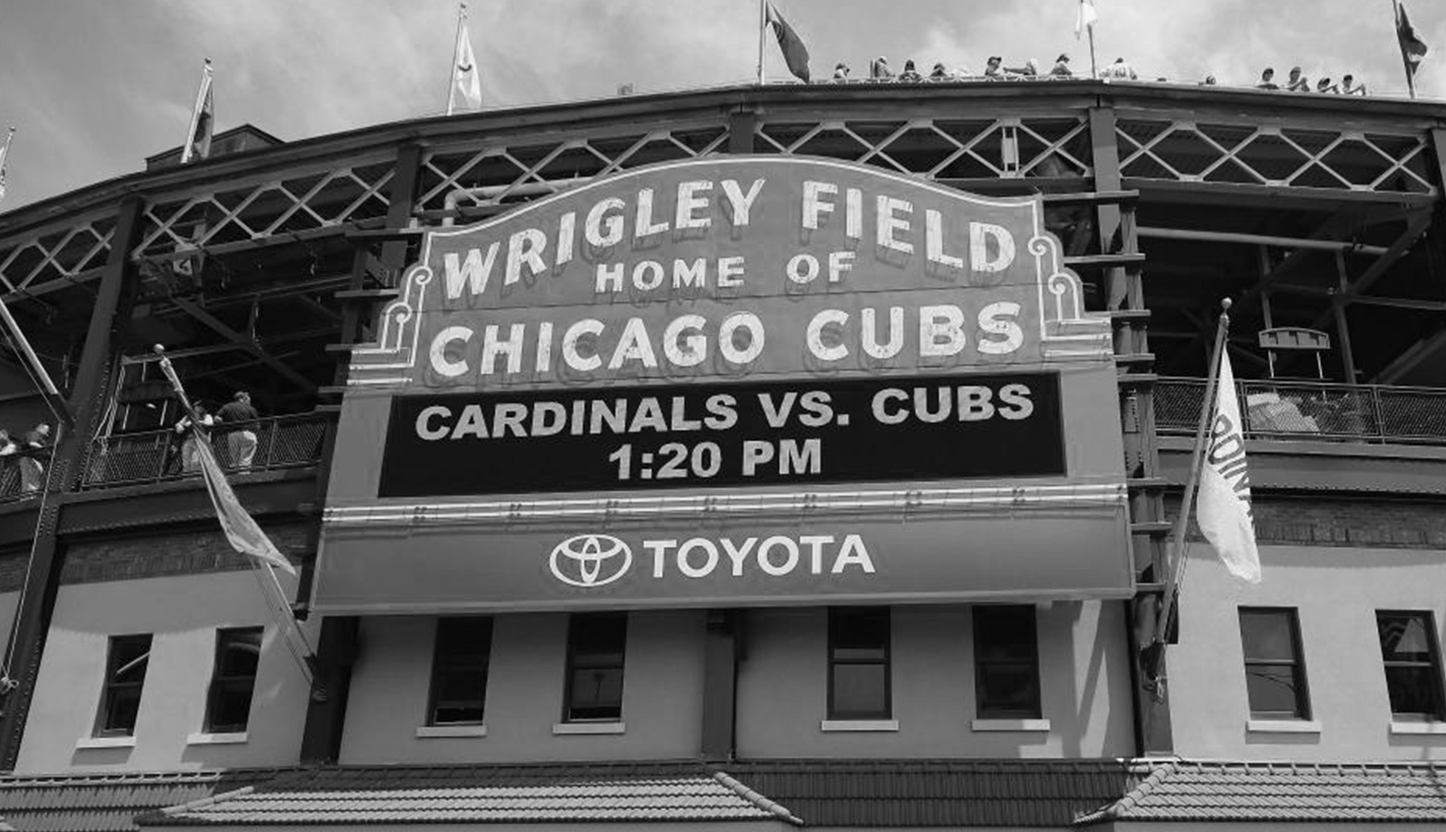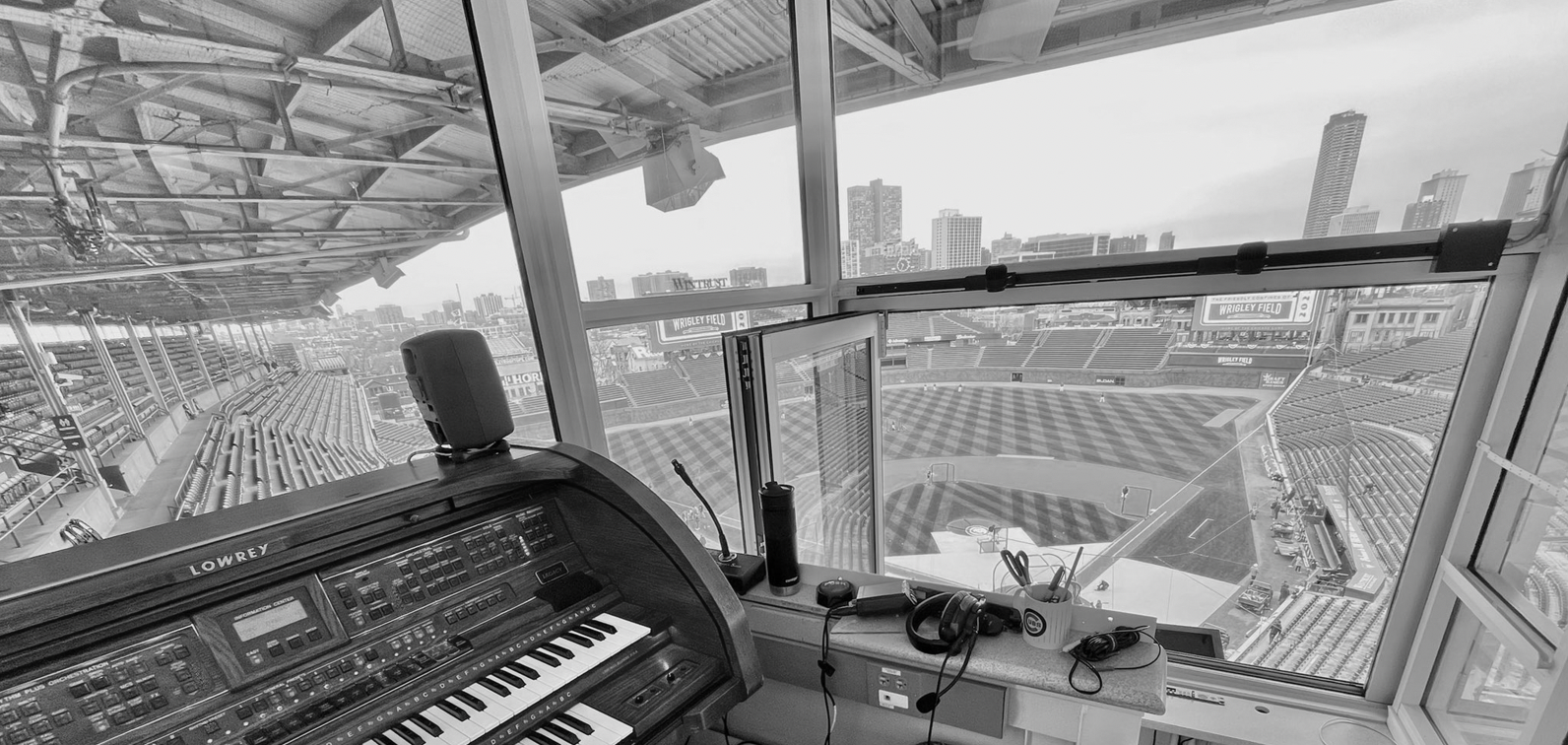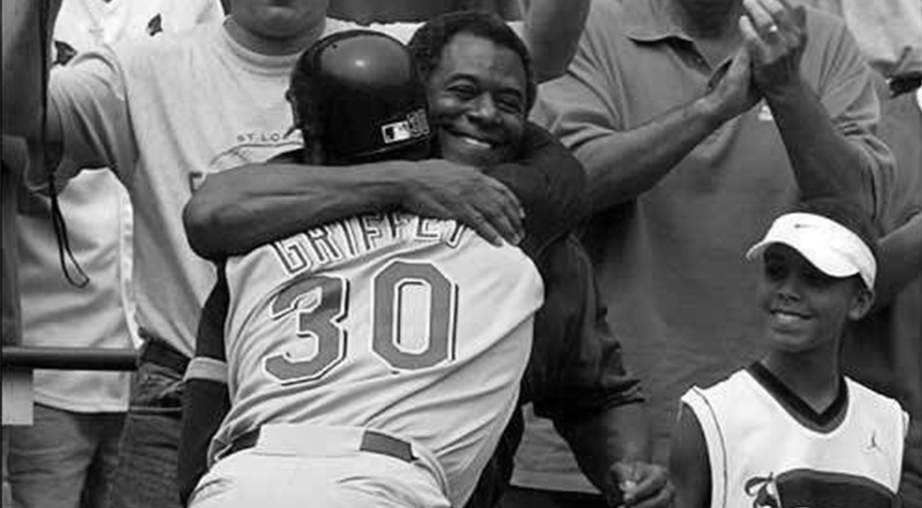Cubs vs. Cards
There’s no better way to spend a summer afternoon in Chicago than to be at Wrigley Field. This past Friday was especially wonderful since the Cardinals were in town, and more importantly, my 7-year old grandson was with me. He is at the stage of life that he is playing the game, but also wanting to soak in all of the details. I couldn’t ask for a better partner to share this afternoon.
We parked the car in one of the nearby neighborhoods. I explained to him that Wrigley is a little different than most ballparks since it is nestled into an area of Chicago with little parking but a variety of restaurants and things to do pre-game. You could feel the excitement as we entered into Gallagher Way where Cubs and Cardinals fans alike played games and shared stories. We stopped at the Cubs Team Store to get him a Wrigleyville jersey. It was Friday, City Connect Day, a day the Cubs and other home teams in the MLB celebrate their local heritage. Before getting to our seats, we grabbed some hamburgers, fries, and soda (and of course, Cracker Jack).
Our seats today were between home plate and first base in the 300 level. I told him we needed to be alert since it was prime foul ball area (the one that came closest landed in the row below us about five seats over). Wrigley, built in 1914, is one of many ballparks constructed in the form of a “jewel box”, meaning straight up since steel structures in the lower bowl support the upper grandstand. Fenway Park (Boston), Ebbets Field (Brooklyn), Comiskey Park (Chicago), and Crosley Field (Cincinnati) were some of the others. Only Fenway and Wrigley remain, and for my money the best seats are in the lower levels of the upper grandstand. Our seats were right on top of the action.
With the advent of balance scheduling this series between the Cubs and Cardinals is the second and final one at Wrigley this season. The rivalry goes all the way back to 1885 when the Cubs (then called the White Stockings) faced the Cardinals (known then as the Browns) in games played in Chicago, St. Louis, Pittsburgh, and Cincinnati. While the Cubs hold a 1,261 – 1,212 advantage all-time, the Cardinals own more World Series championships (11 to 3).
One of the great memories of the rivalry is the June 23, 1984, Saturday afternoon game on an NBC national telecast. It’s known as the “Sandberg Game”. The Cubs trailed 9-8 in the bottom of the ninth inning and faced former Cub and future Hall of Famer, Bruce Sutter, on the mound. Ryne Sandberg tied the game with a home run, the Cardinals put two more runs on the board in the 10th inning, and Sandberg tied it again with a two-run shot in the bottom of the tenth inning. The Cubs won the game in the 11th as broadcaster Bob Costas exclaimed, “Do you believe it?” Oh yes, anything can happen in this rivalry.
Fourteen years later, in 1998, a home run race between a Cardinal, Mark McGwire, and a Cub, Sammy Sosa, is said to have revitalized baseball in the aftermath of the players’ strike in 1994. Prior to the season Roger Maris held the all-time season home run record of 61. Both McGwire (70 HRs) and Sosa (66 HRs) shattered the record in 1998. In August and September that year, ESPN followed both players’ every at-bats on national television. One of the biggest moments was in early September before a sold-out Busch Stadium crowd in St. Louis. McGwire broke the record with #62 off Cubs pitcher, Steve Trachsel. With a great display of sportsmanship, Sosa hugged his rival after McGwire trotted around the bases.
The Cubs vs. Cards rivalry is one that MLB cherishes. When the NL split into two divisions in 1969 and three divisions in 1994, the rivalry tradition continued as they remained in the same division. Although the teams have played around 2,500 games against each other, they have met in the playoffs only once, the 2015 National League Division Series. The Cubs won that series 3-1 before losing in the NLCS to the Mets. In the clinching Game 4, Kyle Schwarber hit a majestic home run that most thought left the park. The next morning a helicopter spotted the ball on the right field Budweiser roof. The Cubs preserved the ball there until 2019 when it was returned to Schwarber as his new team, the Nationals, visited.
Both teams this year are under .500 as the August 1st Trade Deadline looms. This coming week may determine whether each is a buyer or seller. Almost 60 years ago the two clubs engaged in a mid-season trade to remember. Lou Brock and Ernie Broglio were the principal players exchanged in a six player deal. At the time many thought the Cubs got the best of the deal, landing a pitcher like Broglio, who had been a success in St. Louis, for a disappointing young outfielder in Brock. The results were quite the opposite. Brock led the Cardinals to the 1964 World Championship, as well as another title in 1967 and a World Series appearance in 1968. His storied career landed Brock in the Hall of Fame. Unfortunately for Chicago, Broglio pitched in only two seasons for the Cubs, a 4-7 record, 4.07 ERA, and was out of baseball in 1966.
The Cubs won the Friday encounter this weekend in thrilling fashion, 4-3, as my grandson and I watched the “W” flag being raised over the manual scoreboard and sang “Go Cubs Go” together. The Cubs won the four game set with victories in the last three games. Cubs vs. Cards games are always fun, and especially so when you watch them with a best buddy.
Until next Monday,
your Baseball Bench Coach

































